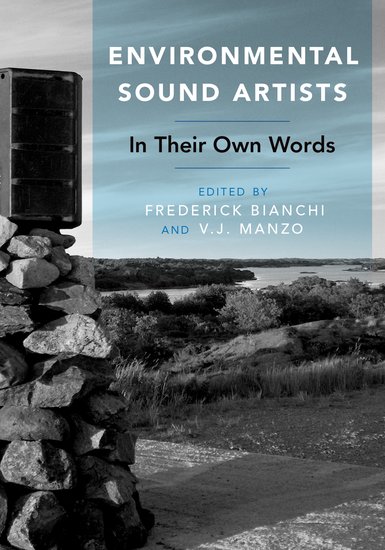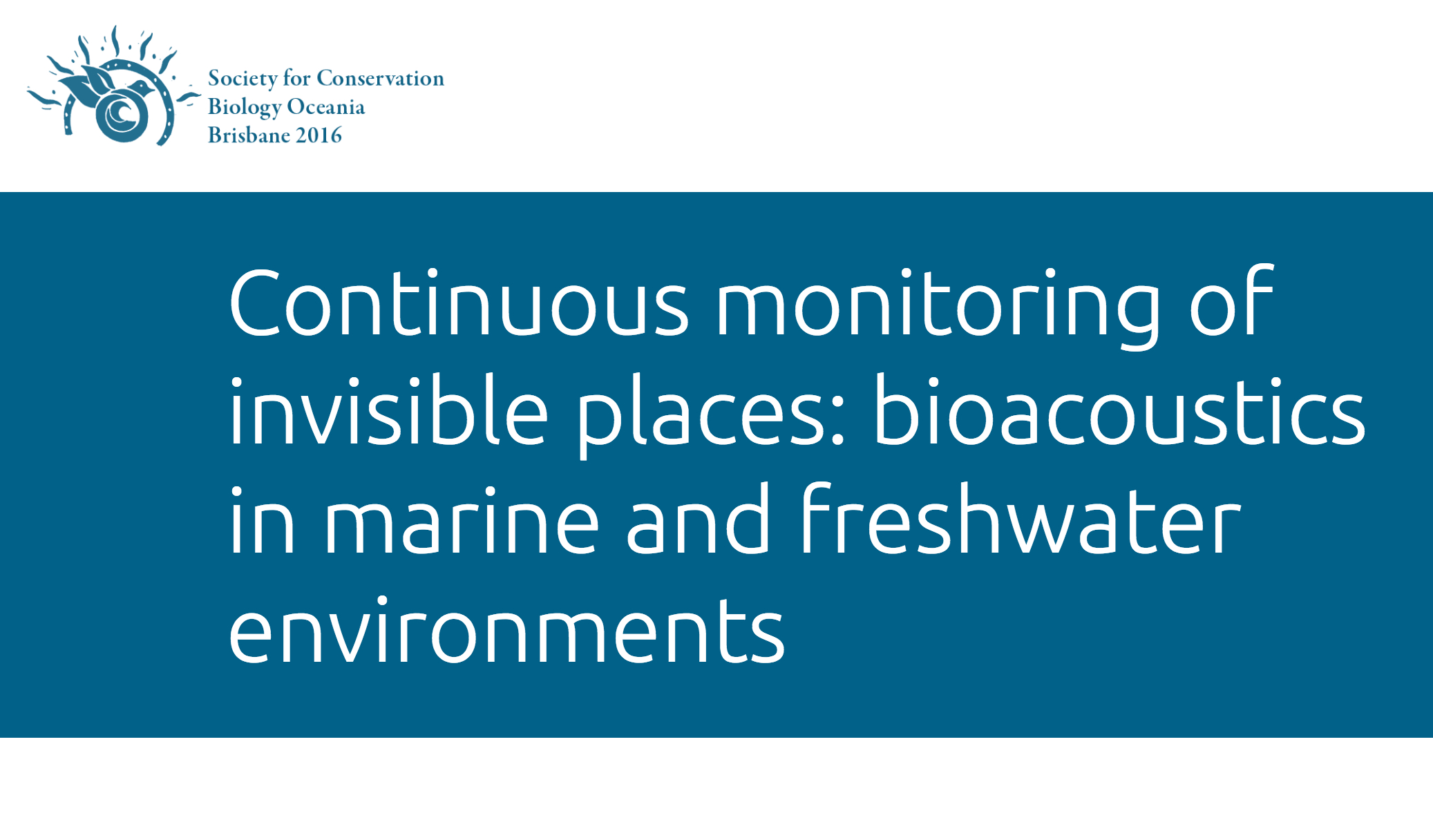Leah Barclay’s chapter on River Listening has just been published in ‘Environmental Sound Artists: In Their Own Words’ a new book published by Oxford University Press.
Environmental Sound Artists: In Their Own Words is an incisive and imaginative look at the international environmental sound art movement, which emerged in the late 1960s. The term environmental sound art is generally applied to the work of sound artists who incorporate processes in which the artist actively engages with the environment. While the field of environmental sound art is diverse and includes a variety of approaches, the art form diverges from traditional contemporary music by the conscious and strategic integration of environmental impulses and natural processes.
This book presents a current perspective on the environmental sound art movement through a collection of personal writings by important environmental sound artists. Dismayed by the limitations and gradual breakdown of contemporary compositional strategies, environmental sound artists have sought alternate venues, genres, technologies, and delivery methods for their creative expression. Environmental sound art is especially relevant because it addresses political, social, economic, scientific, and aesthetic issues. As a result, it has attracted the participation of artists internationally. Awareness and concern for the environment has connected and unified artists across the globe and has achieved a solidarity and clarity of purpose that is singularly unique and optimistic. The environmental sound art movement is borderless and thriving.
“Environmental Sound Artists: In Their Own Words is an extraordinary collection of self-descriptions of wonderfully alive and often iconoclastic work being done by ESAs today. Extremely well organized, edited, and exampled by Frederick Bianchi and VJ Manzo, it will amaze, confound, entertain, and, most importantly inform those with open minds on the present and future of art made in the free world. Unencumbered by strict labels of their work, these artists breathe air into oftentimes stagnant and commercial versions and views of art as described and prescribed by constraints arbitrarily defined centuries ago. I can’t recommend it more enthusiastically.” – David Cope
Edited by Frederick Bianchi, Professor of Humanities and Arts, Worcester Polytechnic Institute, and Edited by V. J. Manzo, Assistant Professor of Music Technology and Perception, Worcester Polytechnic Institute.
Frederick Bianchi is a composer and music technologist. Recognized internationally for his musical compositions, installations, and innovative music technology development, Bianchi has been associated with interactive music applications since the mid-1980s.
V.J. Manzo is Assistant Professor of Music Technology and Cognition at Worcester Polytechnic Institute. He is the author of the books MAX/MSP/Jitter for Music, Foundations of Music Technology, and co-author of Interactive Composition, all published by Oxford University Press.
Contributors:
Andrea Polli
Philip Blackburn
Bernie Krause
David Dunn
John Bullitt
John Luther Adams
Cheryl E. Leonard
Jeff Talman
Leah Barclay
Craig Colorusso
Joseph Bertolozzi
Marty Quinn
Bruce Odland
Ximena Alarcón
Zimoun
China Blue
David Rothenberg
Gordon Hempton
Dawn Scarfe
David Monacchi
Christopher DeLaurenti
Aki Pasoulas
Matthew Burtner

